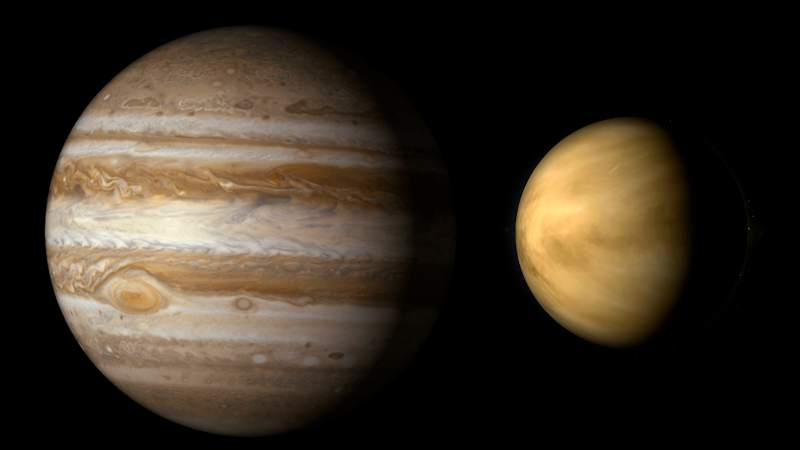Did you miss August's Sturgeon Moon peak? Here's what to expect tonight

August's full moon has peaked, but there is still time to see the full moon this month before it starts to wane.
There are only four full moons left in 2025, so some people may want to try to catch every moon while they have the chance.
But can you still see August's full moon? Luckily, the answer is yes.
Although August's full moon, known as the Sturgeon Moon, has peaked, it will still appear full to people who missed it over the weekend.
Here's everything you need to know about the Sturgeon Moon and the rest of the full moons in 2025.
When was August's full moon?
August's Sturgeon full moon peaked early Saturday morning, Aug. 9, at 3:54 a.m. ET.
Can you still see August's full moon after its peak?
Yes!
The moon will look full to the naked eye for a couple of days before it starts the next phase and becomes a waning gibbous, according to NASA.
Why is it called the Sturgeon Moon?
The Sturgeon Moon’s name comes from the sturgeon, a freshwater fish that was once abundant in the Great Lakes in North America around this time of year, according to Time and Date. Sturgeon can measure over 6 feet long and weigh around 200 pounds.
The fish dates back 136 million years, according to the Old Farmer’s Almanac. Native Americans living near the Great Lakes and Lake Champlain once caught the fish during late summer and it became a regular part of their diets. Today, there are about 29 species of sturgeon.
What are some other names for the Sturgeon Moon?
Other names for the Sturgeon Moon include the following, according to the Old Farmer's Almanac:
- The Corn Moon (Algonquin and Ojibwe people)
- The Harvest Moon (Dakota people)
- The Mountain Shadows Moon (Tlingit people of the Pacific Northwest)
Tips for seeing the moon this weekend
The moon will be visible without any special tools, but those wanting to see more details on the surface of the moon can invest in stargazing binoculars and backyard telescopes.
According to Time and Date, those wanting to see the moon and stars that night can try the following:
- Check to see what time the sun sets in your area
- Check to see what time the moon rises and sets in your area
- Look at the moon while you’re in a dark place away from artificial light
- Let your eyes adjust for 15 to 20 minutes
- Check the weather in your area
When is the next full moon?
The next full moon, known as the Harvest Moon, will occur on Sunday, Sept. 7. Here's when the other full moons in 2025 are expected:
- Hunter’s Moon- Monday, Oct. 6
- Beaver Moon- Wednesday, Nov. 5
- Cold Moon- Thursday, Dec. 4
Contributing: Greta Cross and Mary Walrath-Holdridge, Paste BN